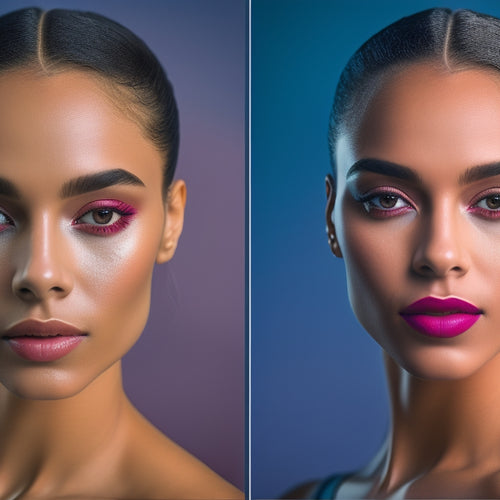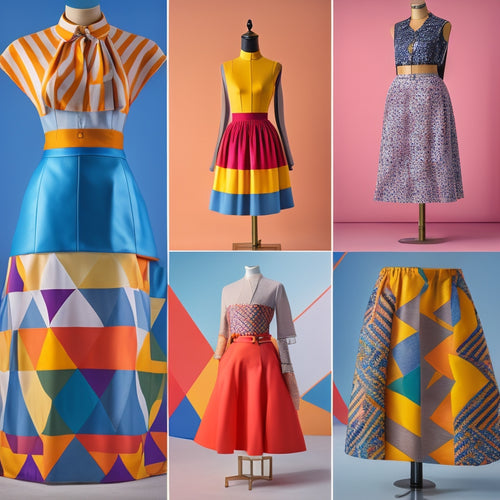
Tap Anywhere: The Advantages of a Portable Tap Dance Mat
Share
The Importance of Soles for Dance Shoes
In dance performances, the right shoe is just as crucial as the right dance move. When choosing dance shoes, the soles are one of the most important things to consider. The soles of dance shoes are typically designed to provide the right amount of traction, allowing dancers to perform complex moves while reducing the risk of slips and falls. Here are some frequently asked questions about dance shoe soles:
What makes dance shoe soles different from regular shoe soles?
Dance shoe soles are specifically designed for the type of dance being performed, as well as the type of floor surface being used. They are made of specific materials that allow dancers to glide, spin or turn, depending on the dance style. The soles of dance shoes also provide more flexibility and support than regular shoe soles, allowing dancers to move more easily while minimizing the risk of injuries.
What are the different types of dance shoe soles?
There are three main types of dance shoe soles: leather, suede, and rubber. Leather soles are the most durable and provide the most traction, making them ideal for ballroom or latin dancing. Suede soles are softer and provide less traction, making them a better choice for styles such as contemporary or lyrical dancing. Rubber soles are the most versatile and provide a good balance between durability and traction, making them a popular choice for hip hop or street dancing.
How do I choose the right dance shoe sole?
Choosing the right dance shoe sole depends on the style of dance, the level of experience, and the type of floor. For beginners, rubber soles are a good choice as they provide both durability and traction. For more experienced dancers, leather or suede soles may be preferred for the specific style being performed. It is essential to also consider the material of the dance floor. Leather soles are recommended for wooden floors, suede for marley floors, and rubber for concrete or asphalt floors.
In conclusion, choosing the right sole for dance shoes is a crucial decision for dancers of all levels. Understanding the differences between the different types of soles can help you make an informed decision and choose the best option for your needs. Regular maintenance of dance shoe soles is also important to ensure optimal performance and prevent injuries. Keep in mind that it is always best to consult with a professional shoe fitter or dance instructor before purchasing a new pair of dance shoes.
Entity Keywords: ballroom dance shoe soles, contemporary dance shoe soles, dance floor material, dance shoe sole types, hip hop dance shoe soles, leather dance shoe soles, Marley floors, rubber dance shoe soles, suede dance shoe soles, wooden dance floors.
Keyword: soles for dance shoes
Related Posts
-

Why Lyrical Dancers Need Pro Makeup Guidance Online
As a lyrical dancer, you know that a polished, performance-ready look is essential to showcasing your skills and conv...
-

Top Geometric Print Skirts to Update Your Wardrobe
To update your wardrobe with stunning geometric print skirts, look for bold colors and unique patterns that turn head...
-

Dance Maestro Zoe Rappaport Steals the Spotlight
Zoe Rappaport's illustrious career has cemented her status as a visionary Maestro, driving innovation in movement dir...


